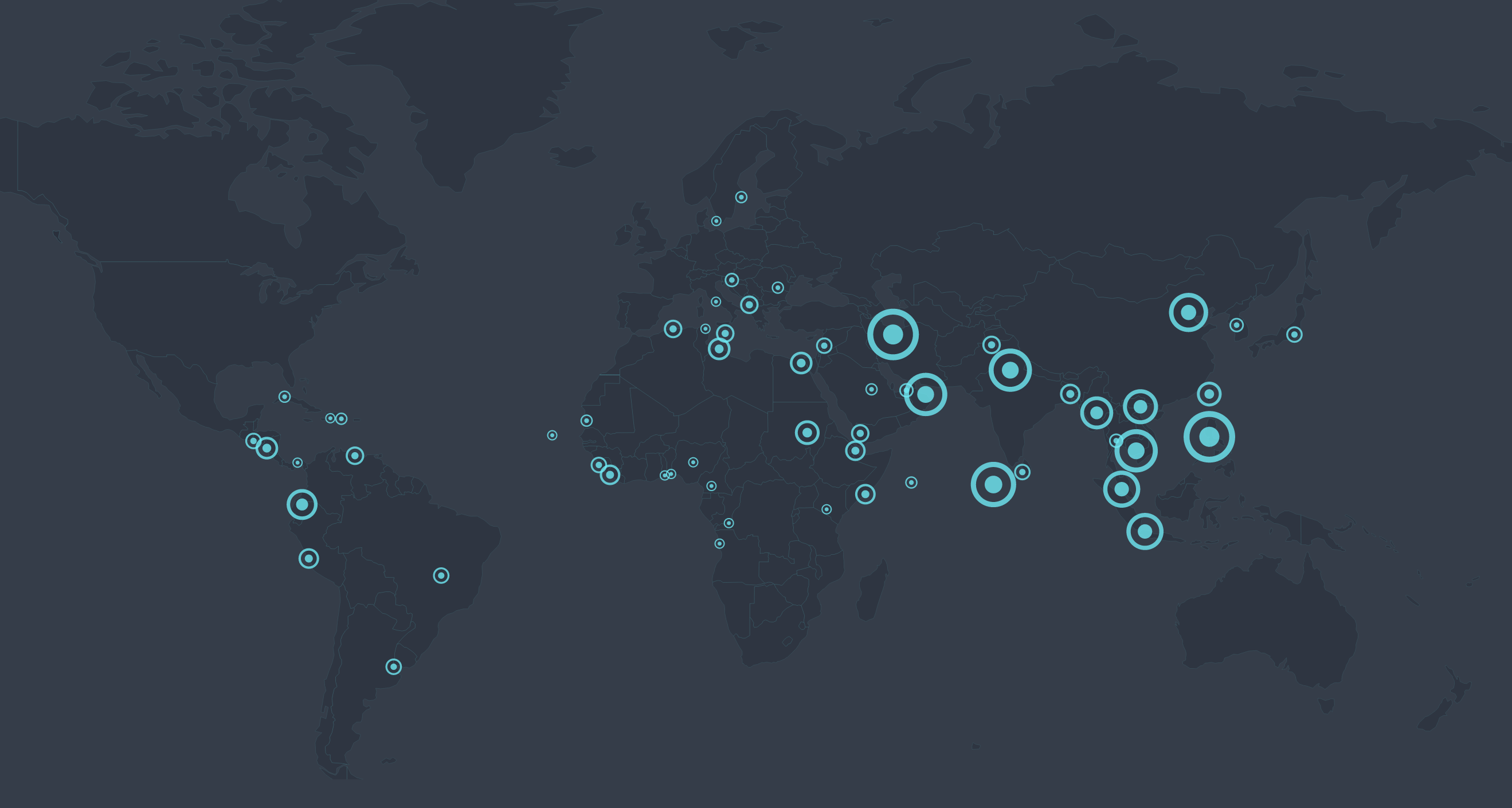US manoeuvres in the South China Sea are not provocative
Originally published in the Financial Times

The destroyer USS Dewey recently sailed within 12 nautical miles of a Chinese air base on Mischief Reef, in the South China Sea, in what the US called a “freedom of navigation operation”.
The Chinese foreign ministry said the incident on May 25 amounted to “trespassing” and “muscle-flexing” that was “not conducive to regional peace and stability”.
Yet there is nothing inherently provocative about such operations. They are conducted on a routine basis around the globe without incident, and usually without comment.
An examination of China’s claims helps to explain its sensitivity. The country has long made ambiguous claims to sovereign and economic rights within a U-shaped line covering nearly all of the South China Sea, an area extending 1,300km from the Chinese mainland. Other littoral states have also made claims to islands, reefs and rocks in the area, though their claims are clearer and generally grounded in principles of international law.
The disputes have consequences for the exploitation of the sea’s significant natural resources, and the estimated $5tn in shipping that crosses its waters every year. They are also a test of Beijing’s willingness to respect international law and solve disputes peacefully as its power grows. Thus far, it is a test that China has not passed.
Since 2014, the country has adopted an increasingly assertive strategy to secure control of the South China Sea. It has constructed seven artificial islands on former coral reefs in the Spratly Islands, three of them — like Mischief Reef — with barracks and runways long enough to land military jets.
The newly reclaimed area would cover New York’s Central Park several times over. China has built up its coast guard, too, and used state-subsidised fishing fleets to prevent other coastal states’ vessels from fishing or searching for natural resources at times. All of these activities are in violation of international law, as made clear in a landmark international tribunal decision handed down in The Hague last year.
American freedom of navigation operations are critical to preventing China from legitimising these claims. Under international law, physical assertions matter — the UN Convention on the Law of the Sea stipulates that the document’s interpretation can change if states’ practices change. In other words, freedom of navigation can be lost if not exercised regularly. As the world’s pre-eminent maritime power, the US has a special responsibility to sail wherever international law allows to protect those freedoms.
Among parties to the South China Sea disputes, the US has challenged claims by all the parties in each of the past five years. Despite some disagreements over the interpretation of maritime law, all but Beijing have offered statements supportive of the broader programme. In this critical waterway, the problem lies not with American patrols, but with Beijing’s unusually expansive claims and sensitivity to challenge.
The Trump administration’s decision to conduct an operation near Mischief Reef — after considerable delay that raised concerns the new president was accommodating China in the sea in exchange for concessions on other issues — is a sign of continuity with this longstanding policy. But it also raises two risks.
First, it is important that freedom of navigation operations do not come to be seen as a test of US resolve in the region, as they did under the Obama administration. The best way to avoid such a fate is to conduct regular missions, so that they again become as unremarkable as they are throughout the rest of the world.
Second, no one should mistake these operations for a strategy to prevent further Chinese gains in the South China Sea. They are an important assertion of maritime rights, but will not prompt Beijing to withdraw from bases such as those at Mischief or stop it from building others.
A broader strategy will require Donald Trump to continue his predecessor’s policy of rebalancing the US military presence in the region from north-east to Southeast Asia, and enhancing the ability of Southeast Asian countries to monitor and patrol their waters. Perhaps most importantly, Mr Trump must make clear to China that his administration recognises the stakes, and reassure south-east Asian leaders that he will not trade them away for concessions elsewhere.
The stakes — the sanctity of international law, the character of Chinese statecraft and freedom of navigation in one of the world’s most important waterways — are as high as they come.


